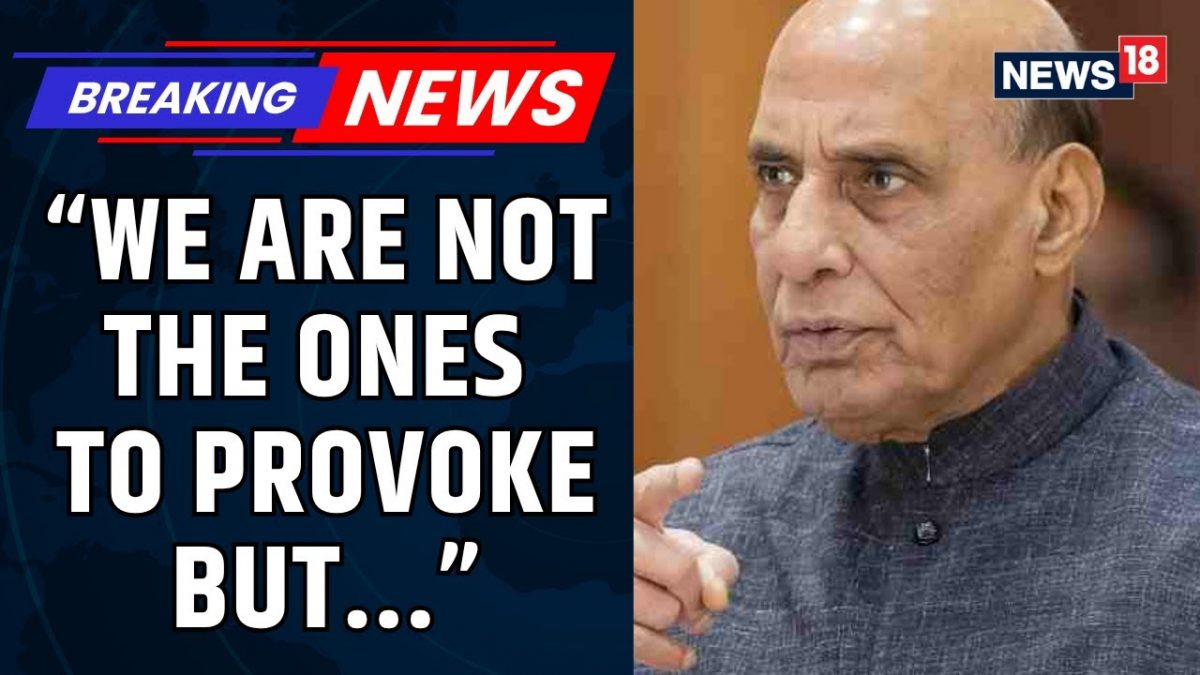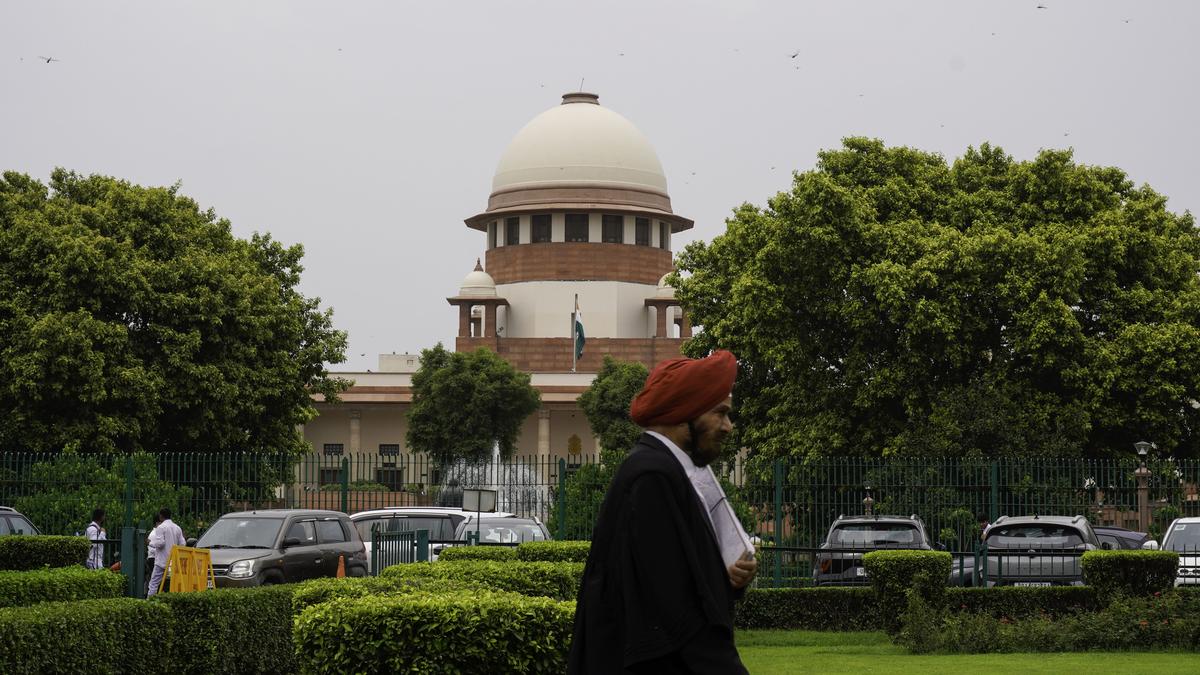The Kaleshwaram Lift Irrigation Project (KLIP) is likely to be a major drain on the State exchequer in the coming years even if the government decides to go ahead with completing the balance works of the much-publicised project.
The government or the Kaleshwaram Irrigation Project Corporation Limited (KIPCL) will require a total amount of ₹1,41,544.59 crore, ranging from ₹712.44 crore to ₹14,462.15 crore every year, in the next 14 years for debt servicing, the Comptroller and Auditor General (CAG) of India said in its performance audit of the project.
According to the KIPCL, loans amounting to ₹87,449.16 crore had been raised out of which ₹71,713.67 crore had been disbursed till last fiscal. The corporation said, in reply to an RTI query last year, that the repayment of principal and interest started last year and the State had repaid ₹22,511.98 crore interest and principal of ₹8,324.96 crore.
This leaves a balance of ₹63,388 crore principal and ₹43,883 crore interest taking the total to ₹1.07 lakh crore. This was on account of high interest loans of over 10% from institutions like the PFC and REC. With the repayment tenure of a majority of loans ending in the fiscal 2034-35, the government had to set aside ₹10,000 crore every year making it a challenging task in view of the scarce resources that the State could mobilise.
The CAG, in its report, faulted the government for escalation of overall project cost significantly. It said the overall cost of works increased from ₹63,352 crore to ₹1.02 lakh crore by ₹38,915 crore, 61.43% which cannot be considered as normal.
The Kaleshwaram project even if completed in all respects will still require huge amounts in view of the power consumed by the multi-purpose project. Power requirement, according to the detailed project report, was assessed at 13,558 million units on the initial assessment that 180 tmc ft would be lifted from Medigadda and 20 tmc ft from Yellampally reservoir for the project.
This works out to annual energy costs at ₹4,148 crore in the benefit cost ratio calculations. However, with the CWC raising the quantum of water to be lifted at Medigadda to 195 tmc ft, the requirement would proportionately increase to 14,687 million units and the annual energy cost had to be worked out with the prevailing rate.
The department had however adopted a lower rate of ₹3 a unit, whereas the prevailing tariff chargeable for the government lift irrigation schemes by the distribution companies was ₹6.40 a unit. “Considering the correct tariff, the annual cost on electricity consumption of 14,687 million units works out to ₹9,400.21 crore as against the amount of ₹4,148.80 crore projected in the DPR, the CAG said.
Illustrating the Congress Government’s charge, the then Government had awarded the works even before the approval of the DPR indicating that DPR process was treated as a mere paper formality rather than treating it as a vital process in planning and designing the project. The exercise undermined the prescribed mechanism of appraisal of projects with inter-State ramifications by the CWC, the CAG said.



.png)
.png)
.png)
















 2 days ago
5
2 days ago
5








 English (US) ·
English (US) ·